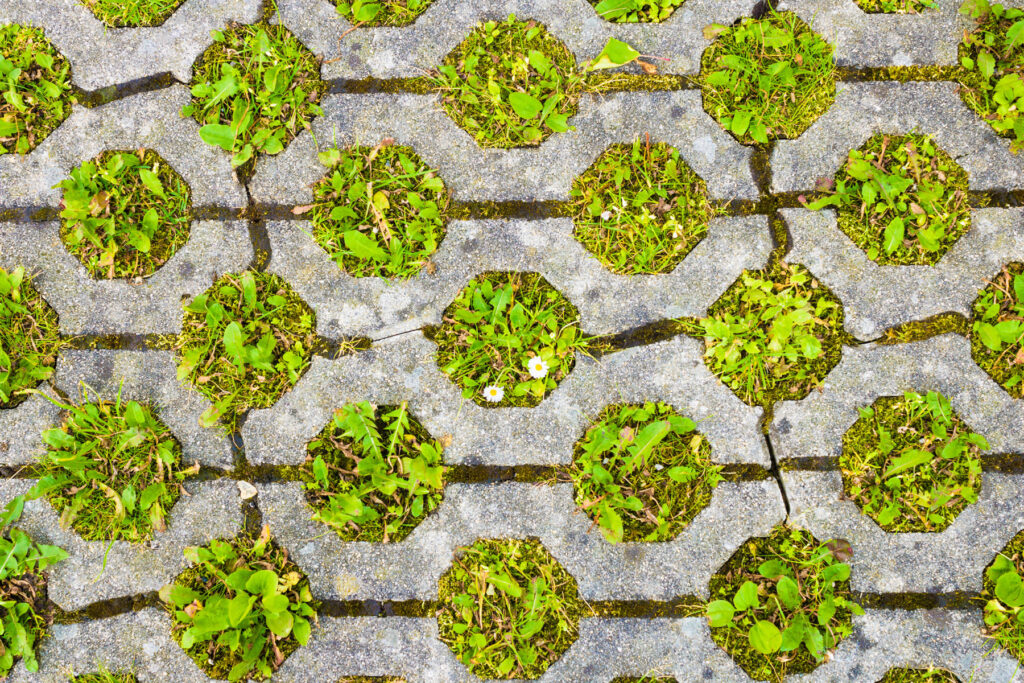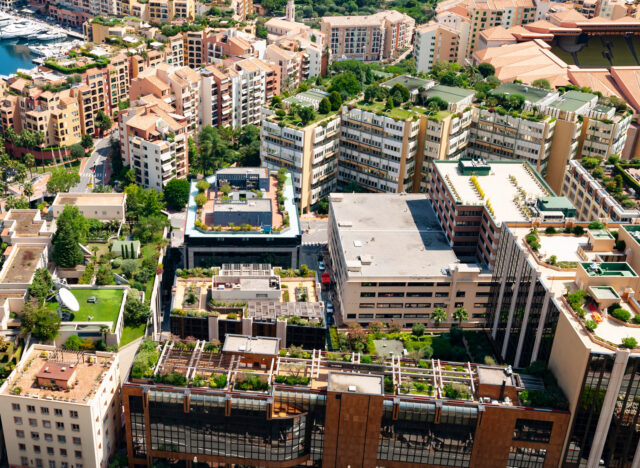Research shows conventional stormwater systems are less successful in managing water volume and pollution than a range of sustainable urban stormwater technologies.
Uncontrolled stormwater runoff can lead to flooding and carry environmental pollutants that can damage the environment. While conventional stormwater systems are largely designed to prevent flooding, studies have shown that natural surfaces are far more successful in managing flooding as well as pollutants from runoff.
A few technologies have emerged that integrate natural surfaces into stormwater systems. These technologies, which have spawned the term ‘sponge cities,’ have been extensively used in Europe. They manage the quantity and quality of water at a local level by reducing the volume of stormwater runoff, delaying peak flow and filtering out environmental pollutants. They have the added benefits of managing heat and beautifying urban landscapes.
Green roofs
In green roofs, a vegetated layer on the roof surface soaks up rainwater and produces fresh air. Water is also retained in a drainage layer, while the excess water becomes runoff in the roof’s drainage system.
Germany leads the world in this technology. According to scientists based in Hamburg, green roofs with soil 50cm thick retain approximately 90 per cent of rainfall. Even those just 6cm thick retain up to 60 per cent.

Porous/pervious pavements
Different material compositions and pavement designs provide varying levels of permeability, with everything from gravel to seashells used to create a permeable surface. Market estimates predict the global porous pavement industry will be worth US$22.17 billion by 2026.
Studies show porous pavements are effective at preventing runoff and filtering environmental pollutants. One study found a porous pavement caused 93 per cent less runoff when compared with asphalt, and reduced concentrations of pollutants such as zinc, silica and phosphorous.
Europe has stringent regulations regarding the permeability of porous pavement technologies. In the Netherlands, for example, newly installed porous pavements must demonstrate a minimum infiltration capacity of 194 mm/h.
Bioretention basins and bioswales
Bioretention basins are depressions, while bioswales are channels or strips of land that capture and direct water that then percolates into a substrate system containing vegetation and native soil or an engineered soil mix. As the water moves through the system it is treated by physical and chemical processes, removing surface silt and pollutants. In both infrastructure types, excess water is directed to drainage.
These elements make ideal islands in parking lots and small parcels of residential land. A study of bioswales found they were 88 per cent more effective at capturing stormwater runoff and 95 per cent more effective at reducing pollutant loading than surrounding car-park asphalt.














